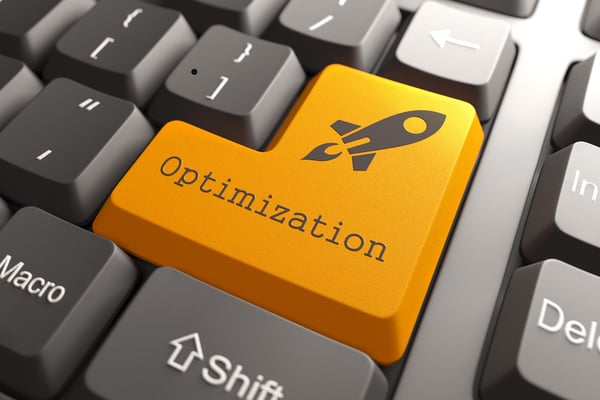On average, ecommerce sites take6 secondsto load. While ideally, eCommerce load speed should be under3 seconds.
That 3 second delay doesn't sound like a big problem but in reality every 1 second extra of load speed and delay has a huge material impact on revenue for eCommerce stores.
When shoppers are being made to wait for a site to load, they often become disengaged.
If load speeds are slow14%of shoppers will start shopping at another site and 23% will cancel their shopping intent and leave their devices.
Site speed impacts in Google ranking factor too!
You can try to run your site in google’sTest My Site toolandPageSpeed Insights where you can analyse your site speed and get recommendations on what to improve.
In essence, your eCommerce site should load as fast as possible to be on par with google and shoppers standard.
Let's cut to the chase and show you the 6 Checklists to Improve eCommerce Site load speed!
1. Resize and Compress Your Images
Large Images is one of the largest contributors to page size.
When uploading your images, make sure the image dimensions don't exceed the size of the container.
If the container's maximum height is 500 pixels, there is no good reason to upload a 1200 pixel height image.
Aside from changing the dimensions, you can shrink the size of an image by compressing it.
These are a few compression tools that you can use:
-Compressor.io
-Compressjpeg.com
-Jpegmini.com
2: Use CSS Sprites
When your site has a ton of large images, you can't escape the amount of server requests to load images.
To reduce the number of server requests, you can use CSS Sprites to combine a series of images into one file, resulting in a decreased number of requests for your page to load.
For example before using CSS Sprites, 10 x HTTP requests are needed to load 100 KB of images into your website.
And after using CSS sprites, HTTP requests will be reduced to 1 and total size of images will be down to 35 KB
3. Use a Fast and Responsive theme
Your Site load speed depends on the theme that you're using too!
So before you decide on a theme, make sure you pick a fast and responsive theme.
The next step after that is to be on top of theme updates and improvements!
It not only gives you the latest features in your theme, but it’s also a way for your store to get all of the latest bug fixes and code updates.
4. Utilise Google Tag Manager
Tracking customers movement is a must for your digital marketing expenses. But collecting that data can also slow down your load speed!
Those JavaScript tracking tags like (analytics, conversion, retargeting) are often the culprit.
Using google tag manager will reduce the number of requests in the background and let your site load independently.
One code snippet is just what you need to manage all your eCommerce store’s tags inGoogle Tag Manager.
5. Ease up on landing page hero slides
Hero image carousels are definitely great for welcoming your traffic with engaging images.
Unfortunately there’s a downside to using them.
Hero slider images can increase load speeds, especially if you have more than 3 images.
Did you know that users don't really click on sliders?
In fact, only 1% of shoppers actually click on a slider and theyannoy users and reduce visibility.
The solution is to reduce the number of images in your home to 1 high converting hero image with a clear call to action.
6. Check for unused apps installed
The apps downloaded from your eCommerce platform add javascript and CSS files to your store site.
If you are not using the app, the JavaScript and CSS files are going to still be running in the background and increase your site load speed.
This is why you should check your store apps and remove any unnecessary apps.
Chances are, you might find a few apps you tried out and forgot to remove.
7. Prioritize mobile performance optimisation
Mobile shopping is undergoing a high growth for the next few years and in 2019 alone,25% of online salesin Australia were made through mobile devices.
The reason is mainly because the online shopping process starts onmobile phone.
Other than that, google prioritises the mobile version of your site for indexing and ranking.
An eCommerce site specialising in corporate apparel and gifts redesigned its mobile site for a mobile-first user experience. 2 months after they redesigned their mobile site, the store achieved a40% increase in conversions.
Enough said, make sure you tick all these boxes to get immediate improvements to your site’s loading speed!
Blogs you might be interested:
6 Reasons why guided conversion should be used in your eCommerce store
5 simple strategies to increase eCommerce average order value Open blog post
Why discounts can hurt your eCommerce store
What is guided conversion and why all eCommerce managers should care

